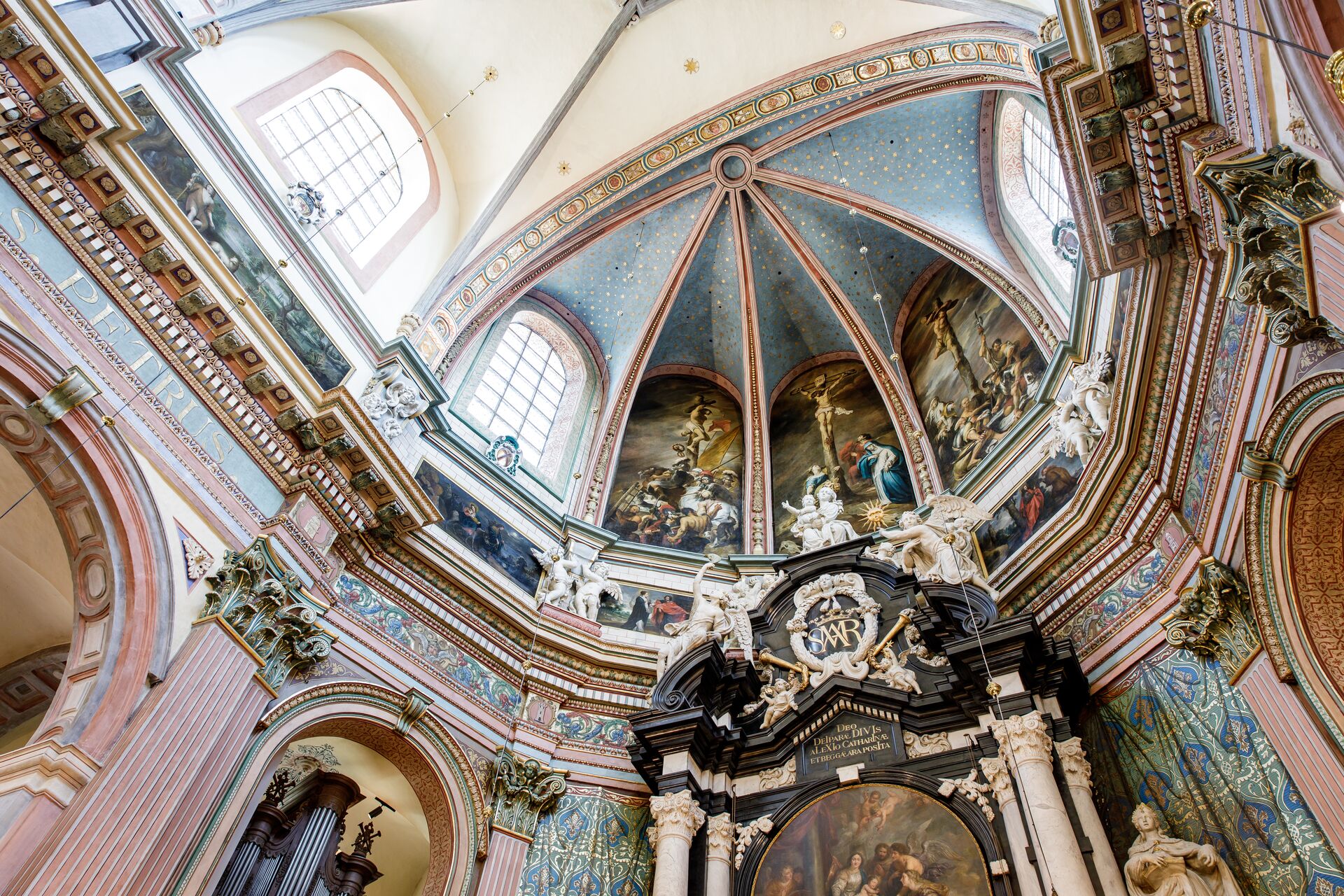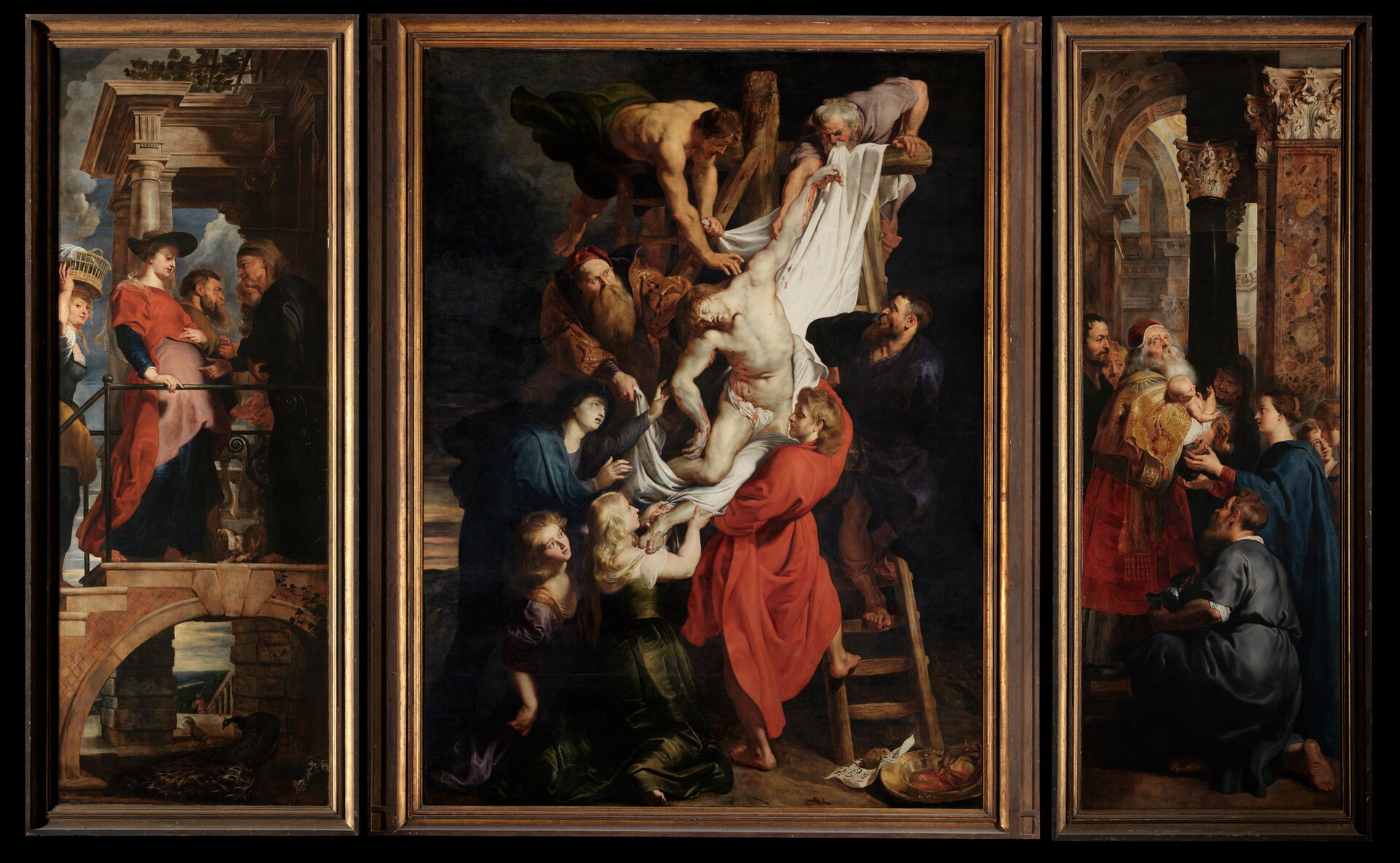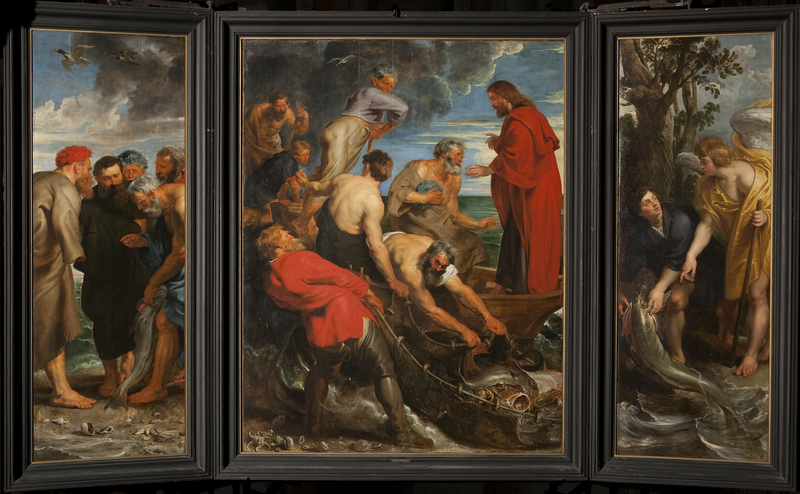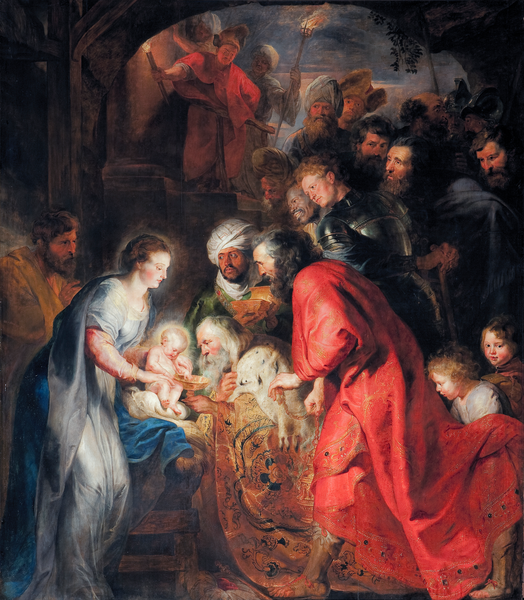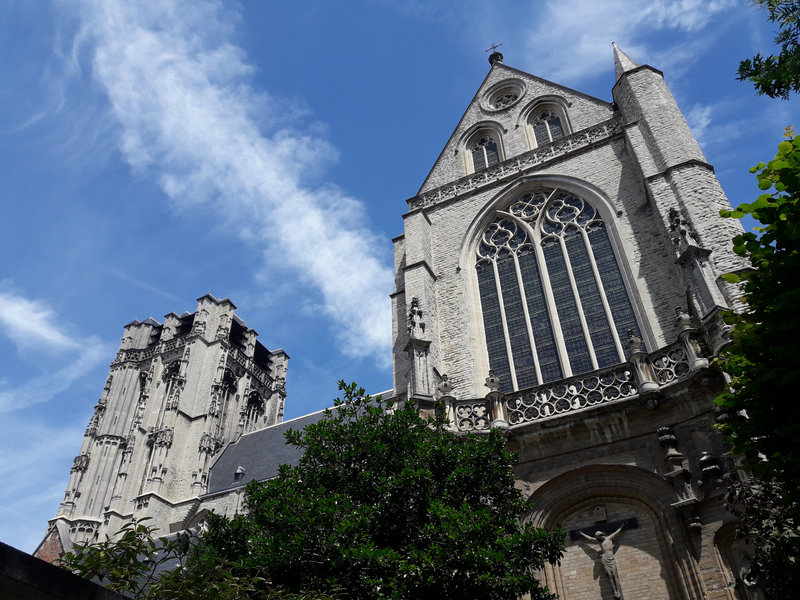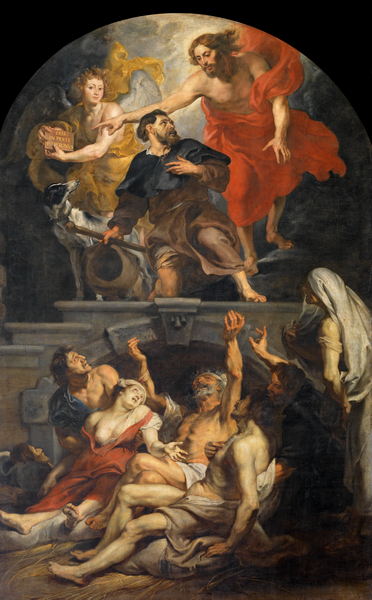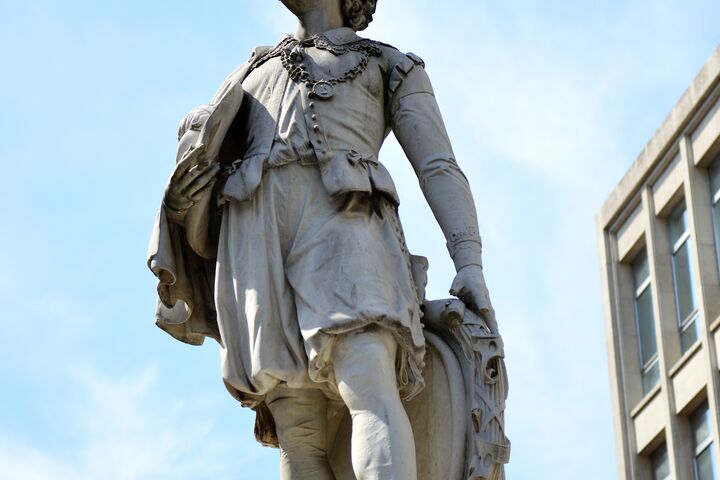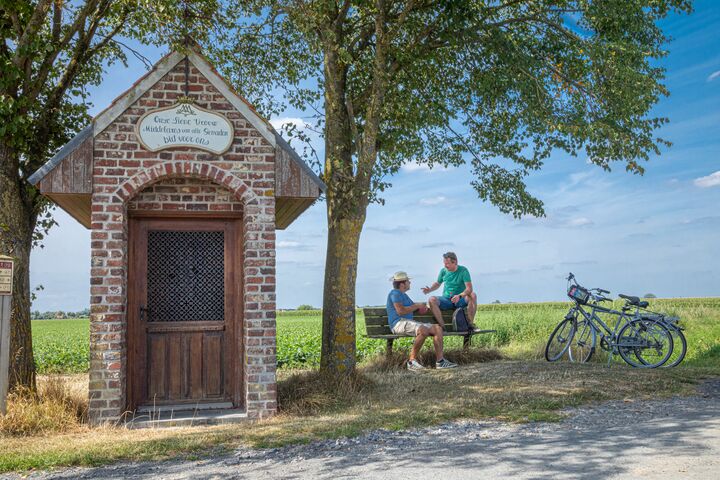Is there still a need to introduce Rubens? The Flemish painter is one of the greatest figures in the history of art. His genius spans the genres – from biblical works to landscapes, from portraits to designs for sculptures – making him one of the most versatile and influential painters of all time.
Rubens’ style of painting evolved over the years. Influences from his studies in Italy laid the foundation for a high-baroque style with dramatic expression and monumental grandeur. Early on, his talent attracted the attention of monarchs and nobles from all over Europe. Rubens became one of the most sought-after painters of his time, working from a huge atelier: the Rubens House in Antwerp.
Towards the end of his life, the master developed a more lyrical style, focusing on landscapes and mythological themes. Then, he often stayed at Rubens Castle in Elewijt, a magnificent example of Flemish Renaissance architecture, surrounded by a park of 4 hectares.
Rubens’ influence extended beyond just his paintings. He also left an impressive legacy as a teacher, paving the way for talented artists such as Antoon van Dyck.
This master tour takes you to four places: Mechelen – where Rubens spent part of his youth – Brussels, Aalst and Antwerp, where the master worked and lived.
Discover the Flemish Grand Master in these places.

